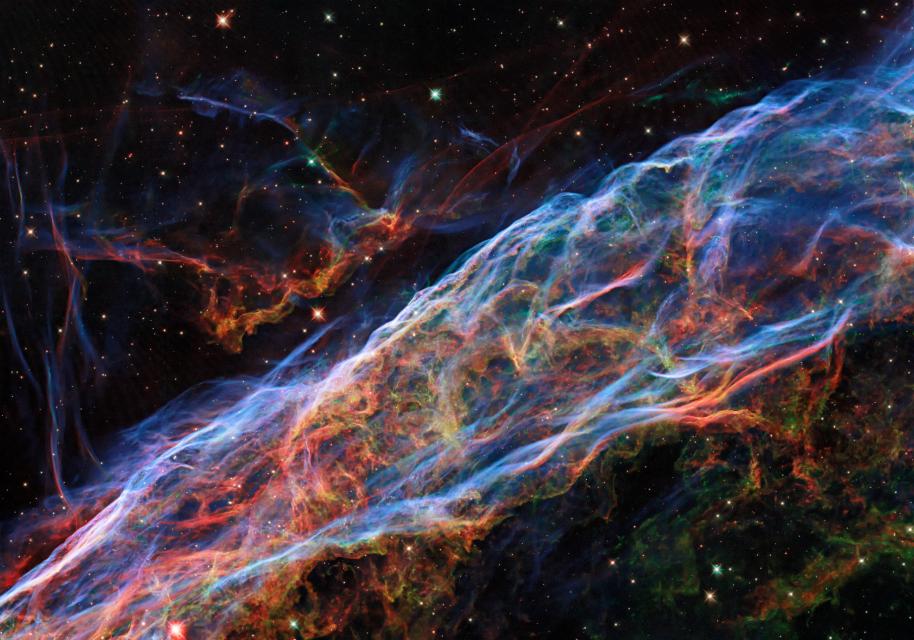A hands-on study day aimed at promoting girls into astronomy and astrophysics at the History of Science Museum and Oxford University Physics Department exploring ideas about space, the Universe and big cosmological questions.
The way we understand the universe is influenced by many women both past and present. This event provides an opportunity to find out more about women in astronomy and their amazing work. Participants will gain insight into how we study the cosmos, have the opportunity to meet women astronomers working in Oxford, and consider whether a career in astronomy might be for them!
Programme
9.15: Arrive [History of Science Museum]
9:30: Key note talk
9:45: Travel to next session
9:55: Workshop session 1 (A/B/C in rotation)
10:55: Travel to next session
11.10: Workshop session 2 (A/B/C in rotation)
12:10: Lunch and travel to next session
12:50: Workshop session 3 (A/B/C/ in rotation)
13:50: Travel to next session
14:00: Panel discussion [Museum]: An opportunity for students to put their questions to a panel of women academics and researchers about their work in astronomy and astrophysics.
14:30: Finish
A: Observing the Universe: From Galileo to Jump-Cannon * [History of Science Museum]
A hands-on workshop looking at the invention of the telescope, Galileo’s observations, the work of William and Caroline Herschel, and the discoveries of Annie Jump Canon. Students will encounter a range of instruments including the astrolabe and telescopes, alongside a small exhibit related to women in astronomy.
B: Simulating the stars [Physics, Denys Wilkinson Building]
A number of notable women have left their mark on the history of computing, from Ada Lovelace, the first "computer programmer", to Grace Hopper, who wrote the first “compiler” of machine code. Students will see how computer simulations can be used to study the physics of stars and black holes, and help us solve mysteries about the origins of the Universe.
C: Big telescopes and modern techniques of observation * [Physics, Denys Wilkinson Building]
A short introductory talk about why modern astronomers still look to the skies followed by small group tours of the department’s 0.4m reflecting telescope. Students will find out about other telescopes around the world and the ground-breaking discoveries of Jocelyn Bell-Burnell.
Fully booked
* We regret that wheelchair access is not possible to the Wetton Telescope and is limited at the Museum.

